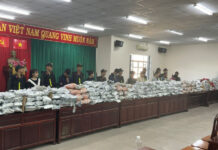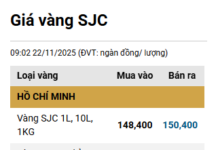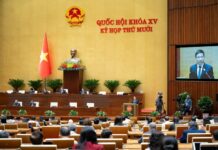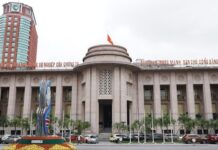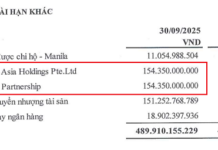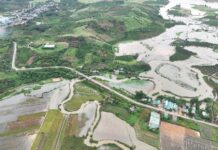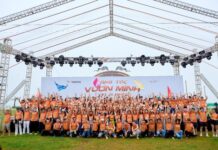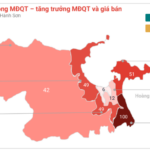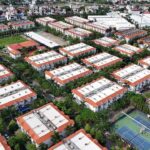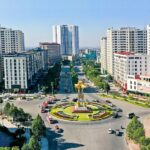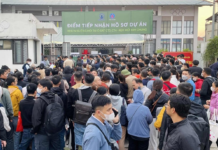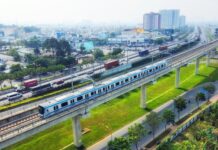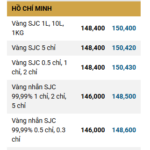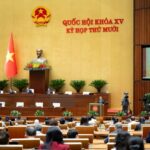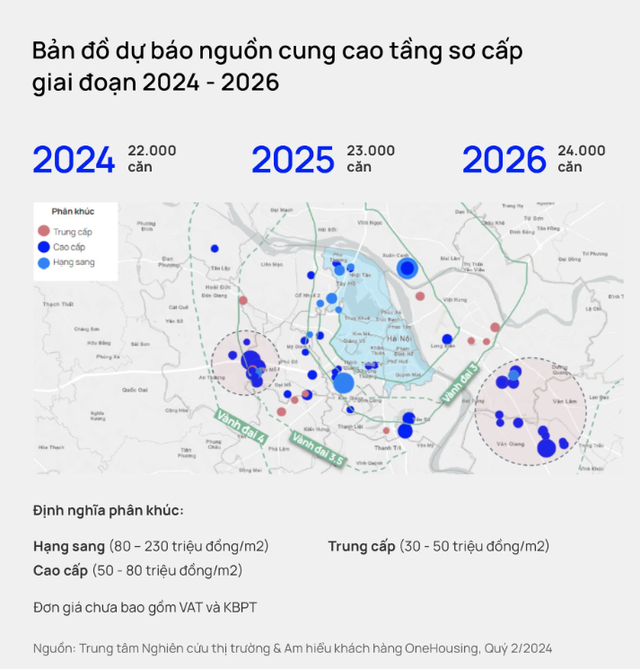Hai Phong is embarking on a transformative phase in its sustainable urban development strategy with the nearly VND 10,000 billion project titled “Developing Hai Phong City to Adapt to Climate Change.” This initiative aims to mitigate flooding, enhance environmental quality, and establish a modern, synchronized infrastructure system for the port city.
As a centrally governed Tier I urban area and the nation’s third-largest city, Hai Phong faces significant climate change impacts, particularly the risks of sea-level rise, flooding, and riverbank erosion. International studies rank Hai Phong among the 13 global port cities most vulnerable to asset damage by 2070 due to climate change. Integrating climate change adaptation into socioeconomic development and infrastructure investment is therefore imperative.
The Hai Phong Development Project comprises four key components, focusing on flood reduction in the city center, environmental upgrades to the Re River, and advanced drainage systems.
Component 2 involves the comprehensive upgrade of the 9.5 km Re River, from National Highway 10 to Cai Tat Culvert, integrating environmental rehabilitation and curbing direct wastewater discharge into the river.
Component 3 targets central city flood reduction through the construction of two regulatory culverts at Tam Bac Bridge and Thuy Doi Point, alongside a large-scale rainwater pumping station. Upon completion, this system will create the 14–15 ha Tam Bac Reservoir Chain, serving as a water regulation hub to mitigate flooding and enhance urban aesthetics.
Beyond flood control, the project includes the construction of Ring Road 3, a pivotal infrastructure link connecting urban areas, industrial zones, and coastal economic regions.
Spanning nearly 17 km with a 68 m width, the road originates at the Hanoi–Hai Phong Expressway (Dong Hai Ward), crosses the Cam River to Vu Yen Island, traverses Ruot Lon River, and terminates at National Highway 10 in Luu Kiem Ward.
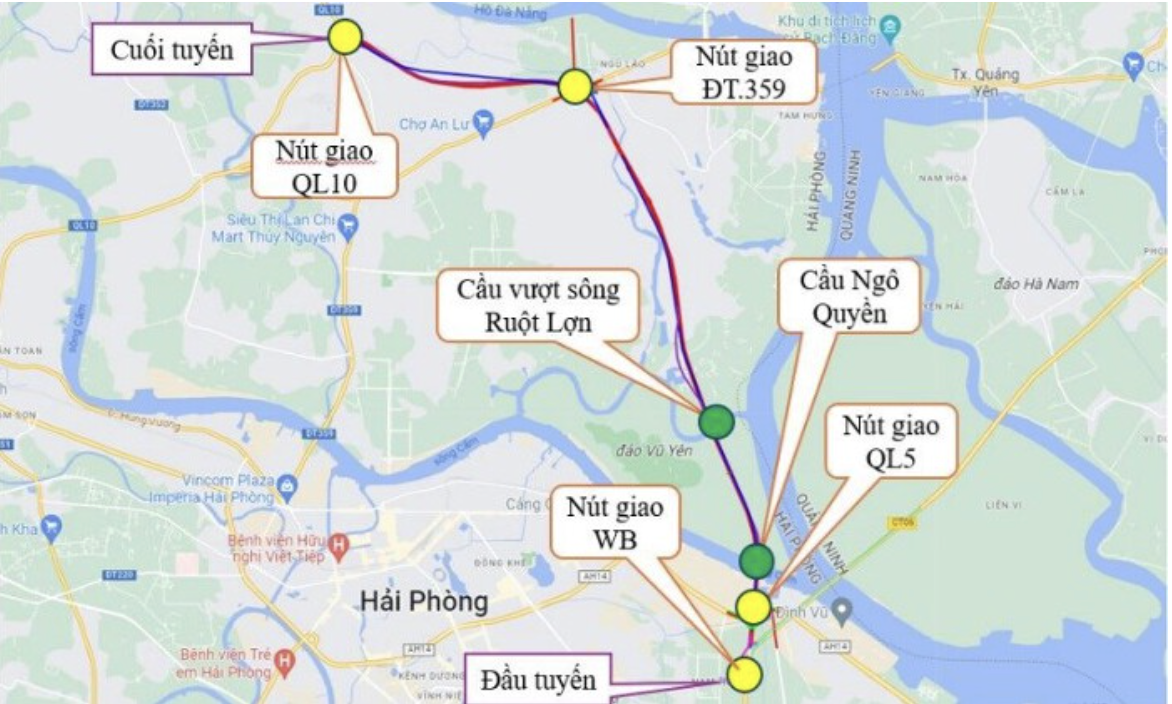
Alignment of Ring Road 3 in Hai Phong.
Once operational, this ring road will serve as a strategic transport axis, linking the Long Thanh–Dau Giay and Ben Luc–Long Thanh Expressways, National Highway 5, Cat Bi Airport, and Tan Vu–Lach Huyen Port, fostering a new coastal economic corridor.
The project spans 13 wards: Dong Hai, Nam Trieu, Bach Dang, Hoa Binh, Thuy Nguyen, Luu Kiem, Hong Bang, An Duong, An Hai, Ngo Quyen, Gia Vien, Le Chan, and An Bien.
Total land use is approximately 118.5 ha, including 78.6 ha of rice fields, 30.8 ha of aquaculture, 7.9 ha of residential land, and 1.2 ha of protective forests.
The total investment is projected at over VND 9,900 billion, covering construction, equipment, land clearance, consulting, management, and other expenses.
According to the Hai Phong Project Management Unit for Transport and Agricultural Infrastructure, the Environmental Impact Assessment (EIA) Report has been finalized. This milestone paves the way for the city to prepare the feasibility study report and secure loan agreements by late 2025.
The EIA Report is slated for approval in Q3/2025. Subsequent steps include loan negotiations and agreements from late 2025 to early 2026. Construction will span Q1/2026 to Q4/2030, with project completion and handover expected in 2032.
Unusual Trends Emerging in the Land Plot Market
While land plots in areas like Da Nang, Hai Phong, and Hanoi are experiencing a boom, the markets in Ho Chi Minh City and Binh Duong are only beginning to show signs of recovery. Meanwhile, Ba Ria – Vung Tau remains relatively quiet, with prices dropping by 10% and interest levels decreasing by 13%.
QP Green Park Groundbreaking Ceremony: Pioneering the Journey to a Green Lifestyle
On October 1, 2025, in Bình Cơ Ward, Ho Chi Minh City (formerly Bình Mỹ Commune, Bắc Tân Uyên District, Bình Dương Province), QP Xanh Investment Joint Stock Company solemnly held the Groundbreaking Ceremony for the QP Green Park Project (Quang Phúc 3 Residential Area).
Over 1,000 Social Housing Units Set to Launch in Locality on Path to Centrally Governed City Status
Unveiling a transformative housing solution, the Social Housing Project No. 01 in Bac Ninh boasts over 1,000 apartments, backed by a substantial investment of nearly 1.6 trillion VND. This ambitious initiative aims to provide affordable housing for 3,600 low-income individuals and workers, addressing the pressing need for quality residences in the region.




